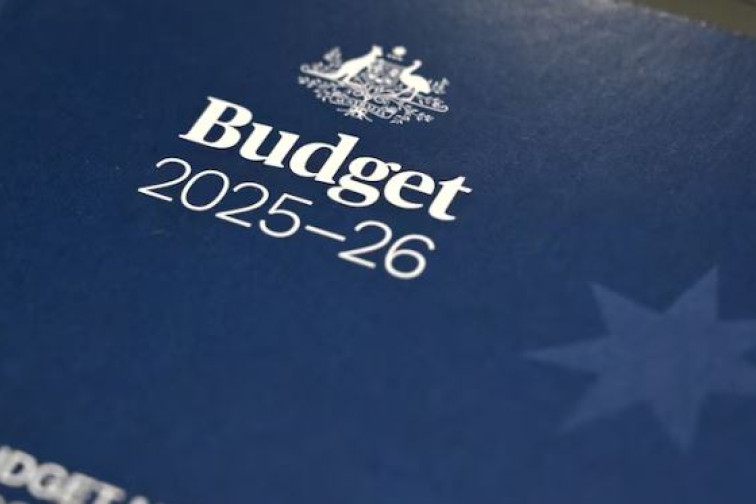General News
28 March, 2025
Federal Budget to target cost of living expenses
What does the Federal Budget mean for locals?

While federal politics can sometimes seem a world away, with the release of the Federal Budget on Tuesday many in the shire might be wondering what it means for them.
Treasurer Jim Chalmers handed down the 2025-26 budget on Tuesday, a budget he described as having the cost of living “front and centre”.
But what does that mean for locals?
The highlight of the budget for many will be a new round of income tax cuts, set to take place from July 1, 2026.
The tax rate on income earned up to $45,000 will drop from 16 to 15 percent, reducing further to 14 percent from July 2027.
It’s expected this will equate to around $268 back into taxpayer pockets in the first year, and $536 from the second year onwards.
The government will also extend rebates on electricity bills for a further six months, providing another $150 cut to bills for households.
Treasurer Chalmers said the budget would support Australian’s baseline needs, while building a better future.
“The budget builds on the strong foundations we have laid, helping to secure our nation’s future at a time of global uncertainty,” he said.
“We know Australians have made sacrifices, and the Albanese Labor Government remains focused on delivering for households.
“We’re providing relief now and investing in the future, while delivering the biggest improvement to the bottom line in a single parliamentary term.”
In a win for local aged care employees, an additional $88.3 million will be spent on wage increases after the Fair Work Commission’s decision to increase minimum awards for the sector.
Recommendations from the Royal Commission into Aged Care, as well as reforms to the system passed last year, will also continue to be made.
The budget also supports local parents and students, with three days of subsidised care to be made available to all families earning less than $530,000 from January next year — meaning parents will no longer have to work, study or be looking for work for at least 16 hours a fortnight to access subsidies.
For students, the budget outlines a one-off move to cut student debts by 20 percent, funded in the budget at a cost of $738 million over four years.
The debt relief, however, is subject to legislation that won’t be introduced until after the upcoming federal election, which means it’s contingent on a Labor election win.
It’s believed the measure would wipe around $5520 from the average student loan.
First home buyers will also benefit with an expansion of the Help to Buy scheme, meaning individuals earning up to $100,000 and couples earning $160,000 will be able to use the scheme to buy a home, with the government covering up to 40 percent of the cost and taking a portion of the property’s equity.
The cap on eligible properties will also be lifted.
An additional $8.5 million is also included in the budget for general practice and Medicare and will be used as an incentive for GPs to bulk-bill more patients.
However, those on the other side of government have been critical of the budget, arguing it neglects regional Australia.
According to Federal Member for Mallee Anne Webster, the budget has turned a blind eye on communities outside of city centres, including the Central Goldfields Shire.
“This is a budget with cheap, election eve tricks of a $5 a week tax cut and two $75 quarterly energy bill relief payments. Meanwhile, Labor’s government spending-driven home-grown inflation crisis will continue,” she said.
“Labor has squandered the rivers of gold of resources and income tax revenue while delivering no meaningful productivity reform.
“Regional Australia has missed out with no new funding for the Stronger Communities program, Local Roads and Community Infrastructure program, Growing Regions program or the Regional Precincts and Partnership program, critical to building community infrastructure in regional Australia.”